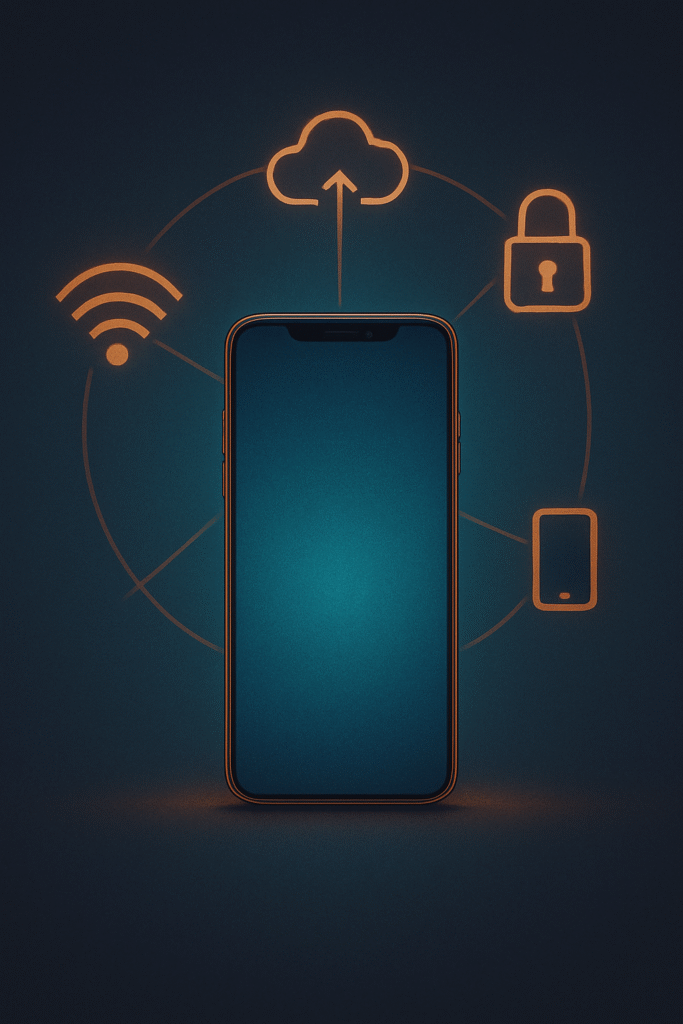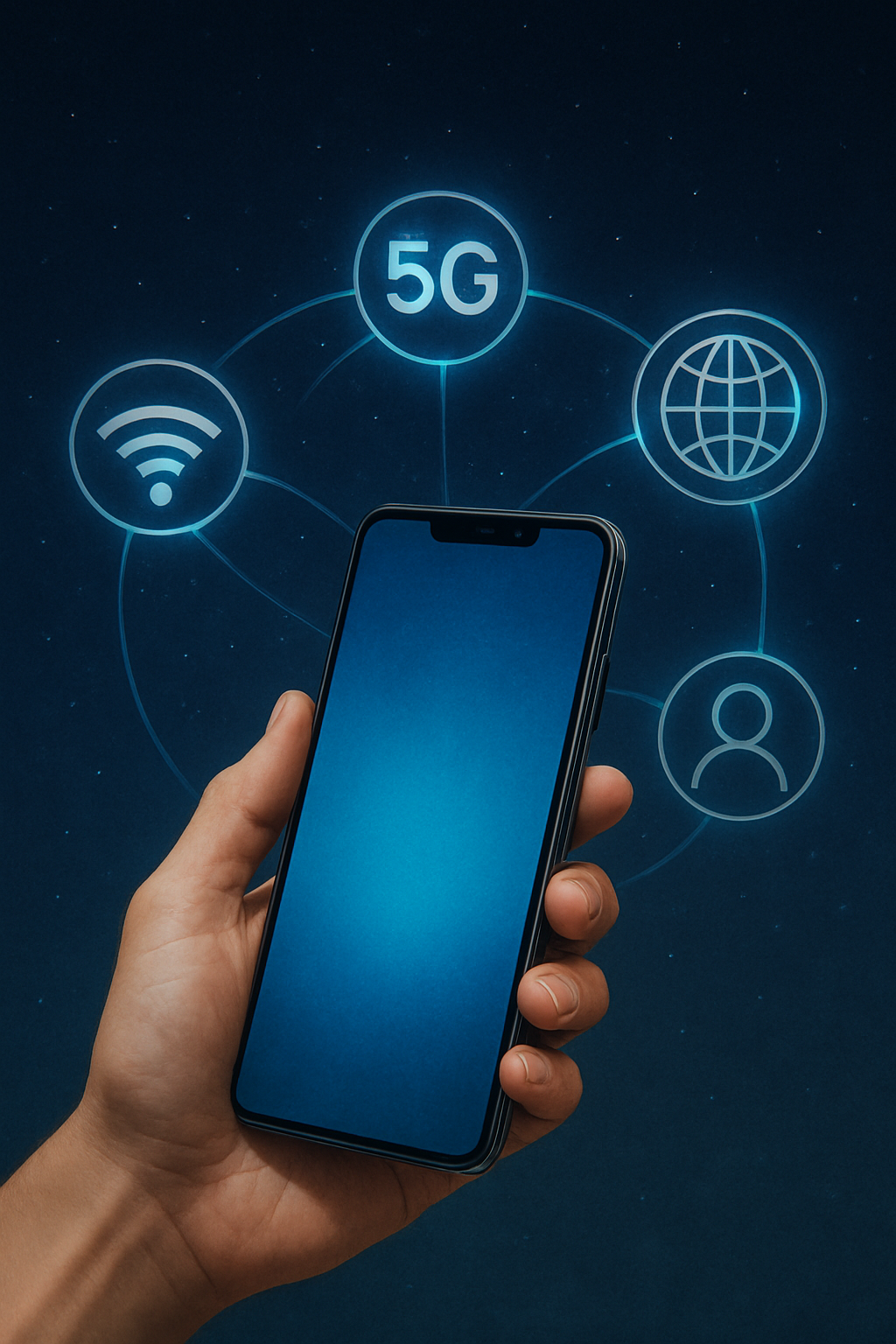The smartphone innovations defining the 2020s are accelerating the evolution of mobile computing at an unprecedented pace. What began as a convergence of phone and PDA has rapidly transformed into a pocket-sized personal intelligence hub, leveraging cutting-edge AI, flexible hardware, and blazing-fast connectivity. Let’s look beyond basic upgrades and focus on the fundamental shifts in design, power, and user experience that the latest generation of devices offers.
From Brick to Brain: A Brief History of Smartphone Innovations
The concept of the smartphone dates back to the early 1990s, but the modern era began in 2007, when the introduction of the multi-touch display and mobile operating systems (OS) like iOS and Android revolutionized the user interface. Early smartphone innovations centered on making devices thinner, faster, and more versatile, replacing dedicated gadgets like cameras, music players, and GPS navigators. Within a few short years, the industry moved from rudimentary 3G networks to 5G, pushed display resolutions past the human eye’s limit, and introduced biometric security like fingerprint readers and facial recognition. Today, the focus has shifted from what the phone can do to how intelligently it can assist the user, setting the stage for the next wave of disruptive mobile technology.
The Era of Intelligent Hardware: Chip Architecture and AI-Driven Photography
The most profound advancements in smartphone innovations are now happening inside the device, driven by specialized silicon and computational power.
Next-Generation Processing and On-Device AI
The heart of the modern smartphone is its System-on-a-Chip (SoC), which now features dedicated components like Neural Processing Units (NPUs). Flagship chipsets, such as the Snapdragon 8 Elite Gen 5 and Apple’s A-series processors, are designed not just for raw speed, but for energy efficiency and running complex AI tasks locally on the device. This “on-device AI” enables capabilities like:
- Agentic AI: Future phones (like the rumored Pixel 11 series and Galaxy S26) are moving toward “agentic AI” assistants that learn a user’s routine and preferences to proactively automate tasks across multiple apps without continuous cloud reliance.
- Enhanced Battery Life: Efficiency gains in the CPU and GPU cores (like the reported 35% efficiency boost in recent Snapdragon CPUs) mean better performance without sacrificing the longevity of the battery, a consistent pain point for consumers.
Computational Photography Redefining Imagery
The camera module is where many consumers first experience significant innovations smartphone manufacturers prioritize. The modern smartphone camera is less about the megapixel count and more about sophisticated software processing.
- Pro-Level Video: Newer chipsets support advanced codecs, like the Advanced Professional Video (APV) codec, aiming to finally close the quality gap between Android video capture and the iPhone, allowing every frame to be sharp enough to be extracted as a high-quality still image.
- Zoom Breakthroughs: Leveraging advanced telephoto lenses and improved AI processing, devices like the Samsung Galaxy S25 Ultra and iPhone 17 Pro Max offer incredible optical-quality zoom ranges, moving beyond pixel-mush digital zoom to capture distant subjects with startling clarity.
Design and Form Factor: Flexible Displays and Future Connectivity
The physical structure and external features continue to evolve, making devices more adaptable and immersive.

Foldable and Rollable Display Technology
Flexible displays represent one of the most visible smartphone innovations. Devices like the Samsung Galaxy Z Fold 7 and Motorola Razr Ultra have matured, offering thinner profiles, improved durability, and reduced crease visibility.
- Expanded Utility: Foldable phones solve the dilemma of screen size versus portability, transforming from a pocketable phone into a tablet-sized canvas for multitasking and media consumption.
- The Next Step: Rollable displays are emerging from the lab, promising devices that can expand their screen size with the press of a button, offering an even larger, seamlessly adjustable workspace.
True Full-Screen Experience and Biometrics
Manufacturers are relentlessly pursuing a truly uninterrupted screen. Innovations smartphone displays now include:
- Under-Display Cameras (UDC): Technology is advancing to place the selfie camera entirely beneath the active screen area, eliminating the need for notches or hole-punches and providing a completely seamless visual experience.
- Advanced Biometrics: Fingerprint sensors embedded directly into the display are now standard, while future systems will integrate multiple biometric methods (face, voice, fingerprint) for quantum-grade security.
The Leap to 6G and Beyond
While 5G is still rolling out globally, the foundation for 6G connectivity is already being laid. Expected to become commercially viable later this decade, 6G promises speeds up to 1 terabit per second, which will be essential for realizing next-gen mobile technology experiences like seamless augmented reality, holographic communication, and cloud-rendered virtual reality.
The Future of Smartphone Innovations: Health and Interaction
Looking ahead, smartphone innovations are blurring the lines between consumer electronics and personal health devices. Future mobile technology will feature advanced health sensors, making phones true proactive wellness companions. Non-invasive monitoring of vitals like blood glucose and blood pressure, along with advanced stress and fatigue detection, will move from specialized wearables to standard smartphone features. Furthermore, the exploration of Brain-Computer Interfaces (BCI), allowing users to control basic functions with thought or neural signals, points toward a profound paradigm shift in how we interact with our most personal computer.

